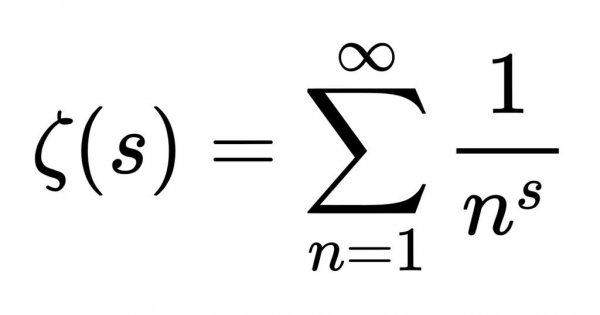Conventional systems do large scale symphonies by backward layering, separation, and a left to right soundstage, and lots of bass driver movement. Big cones, large apogees, are excellent at it. Mike's is the best at it in this direction because there is virtually no limit to how much the orchestra keeps soaring. Tang's being a horn, is still a multi way, and multi way horns also follow a similar approach.
G's system approaches this very differently. His system is my favorite for large orchestral along with Mike's, and there is no similarity in how both approach It. I have heard many large pieces there, including resurrection, erotica, ode to joy various versions and movements, 5th, new world.
In fact, new world was the first he played to me, first the speakers corner reissue, then the first edition. After that he slaughtered the Fone Mahler 2 I had brought along with me with an original (that, iirc, was not EQed while recording).
What happens when you play orchestral at his place, you can experience only at his place. My previous experience, and later, with hifi systems did not prepare me for it. Let's just say each section and instrument of the orchestra breathes in purity, and by tonal differences, separation is created. It is very different from a multi way. And I can imagine most who try this approach with lesser drivers, lesser electronics, and/or lesser recordings will fail at it. Which is why we don't get to experience it in normal recordings systems.
Many of his LPs also were recorded with no limiters, so they have amazing dynamics during the soar, the low to high. Some of these LPs have grooves made by hand to adjust for the dynamics per groove. So it is unfettered.















